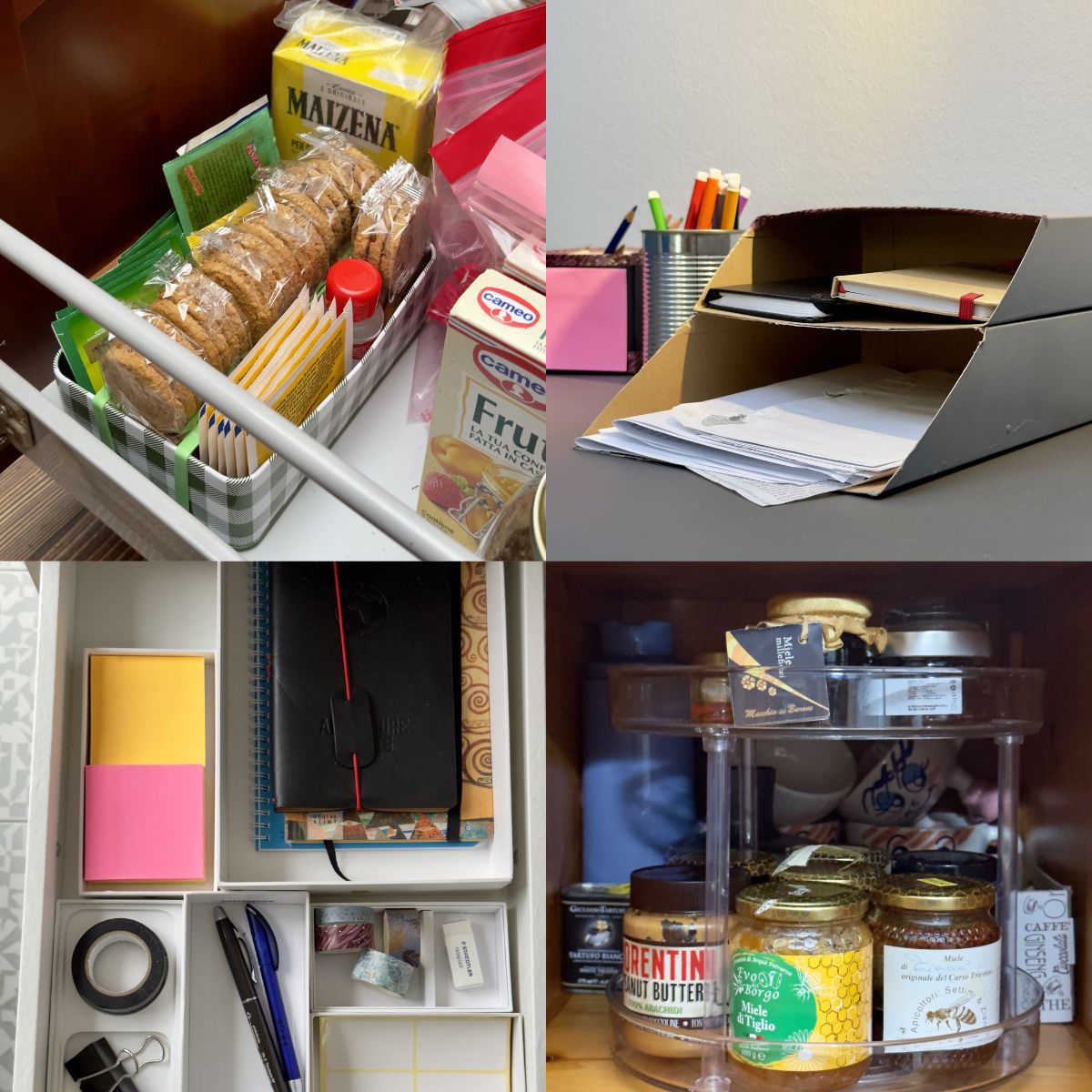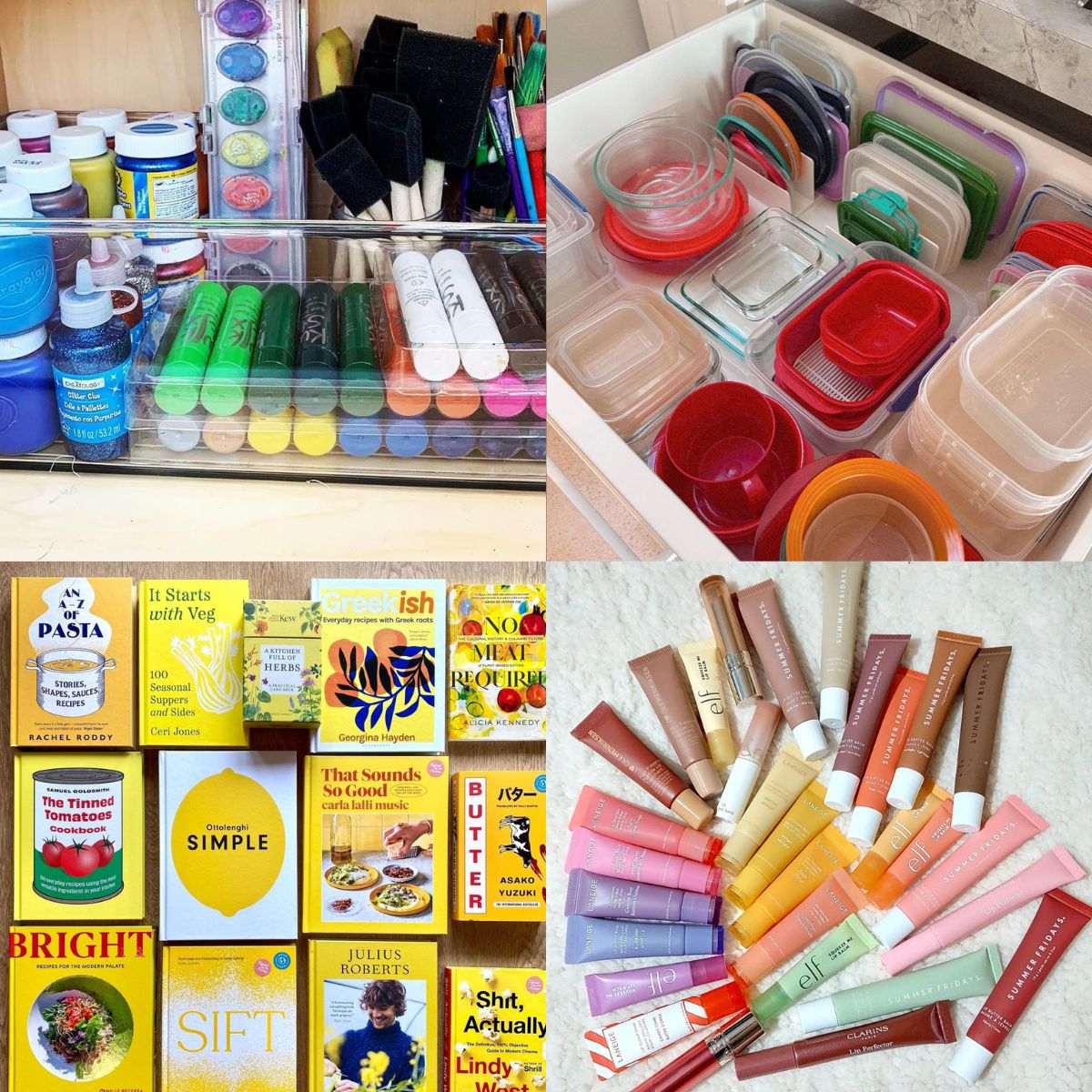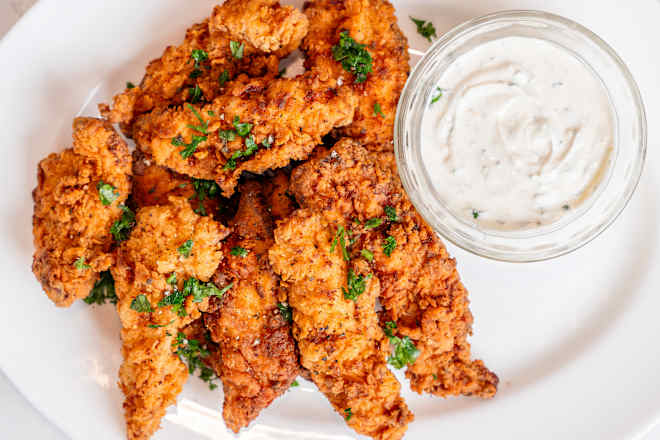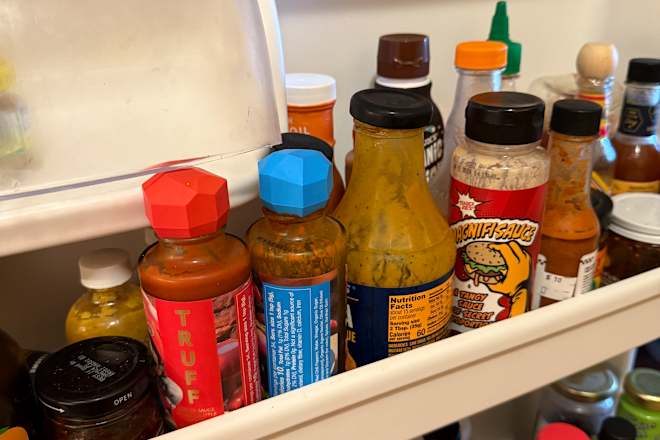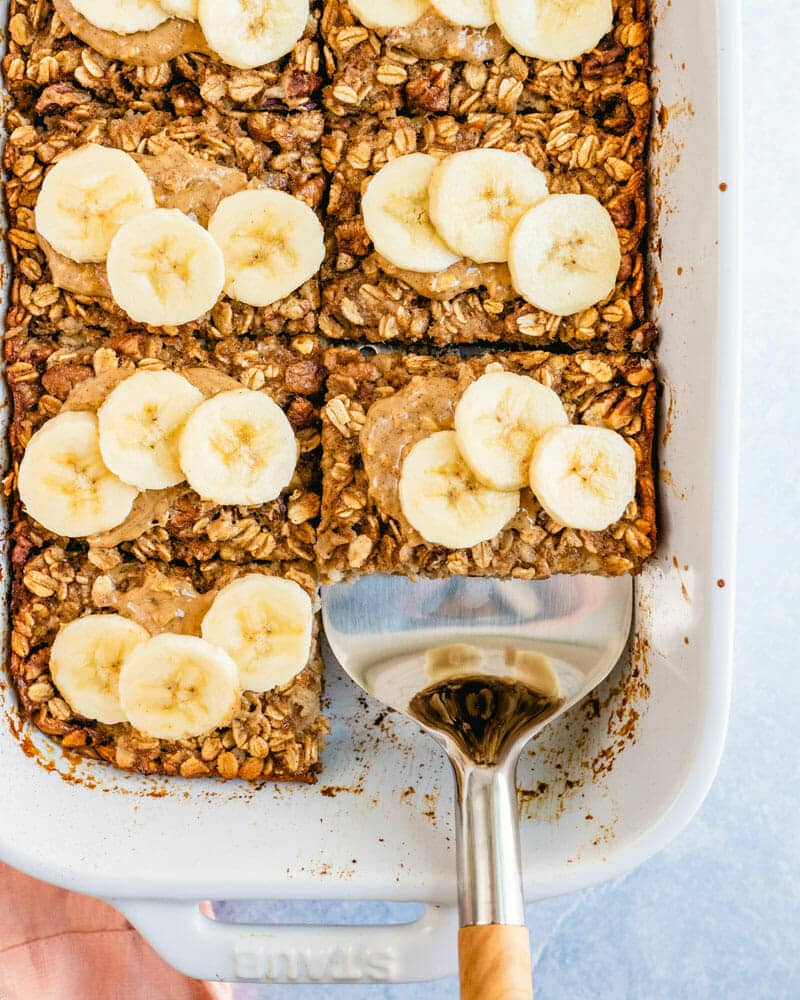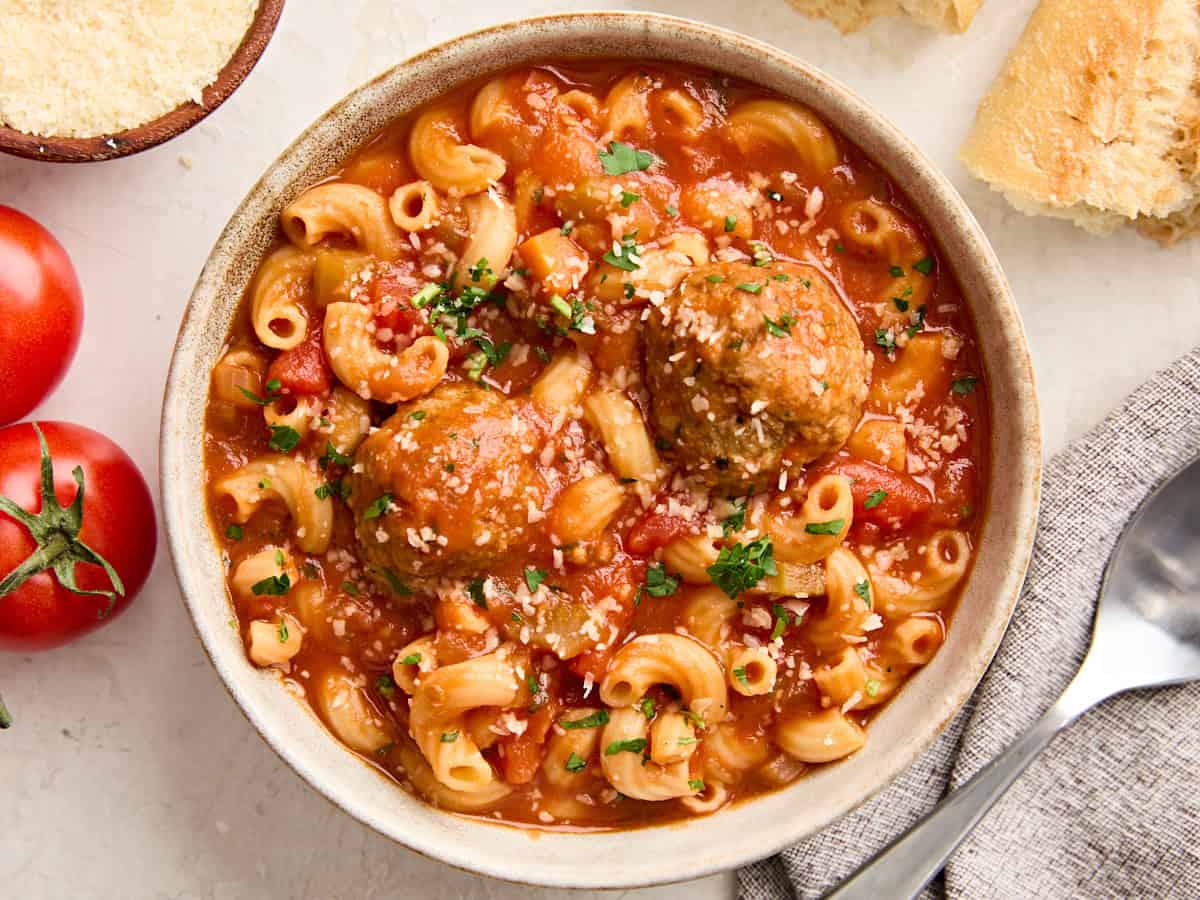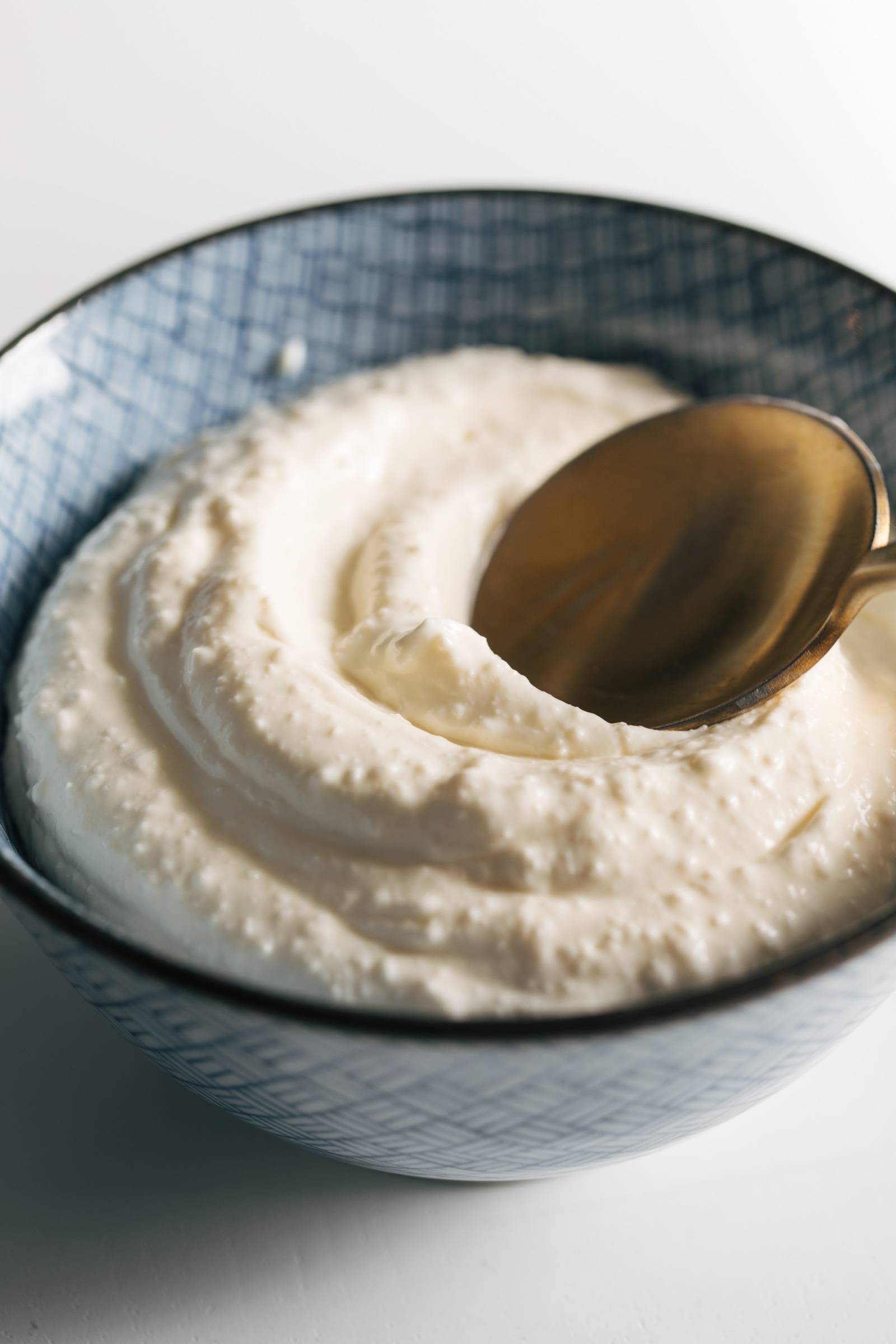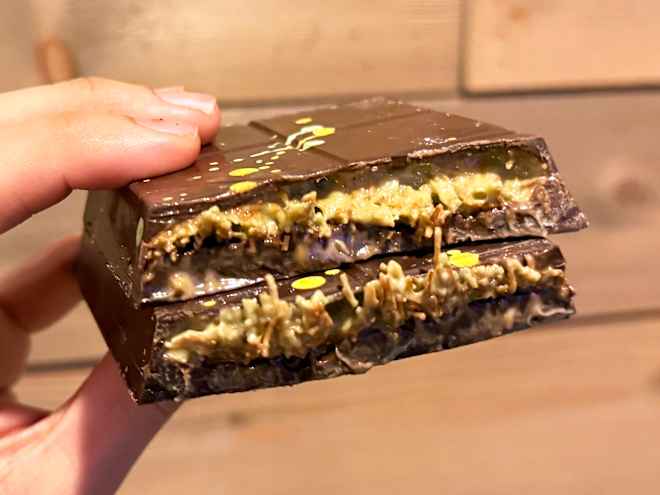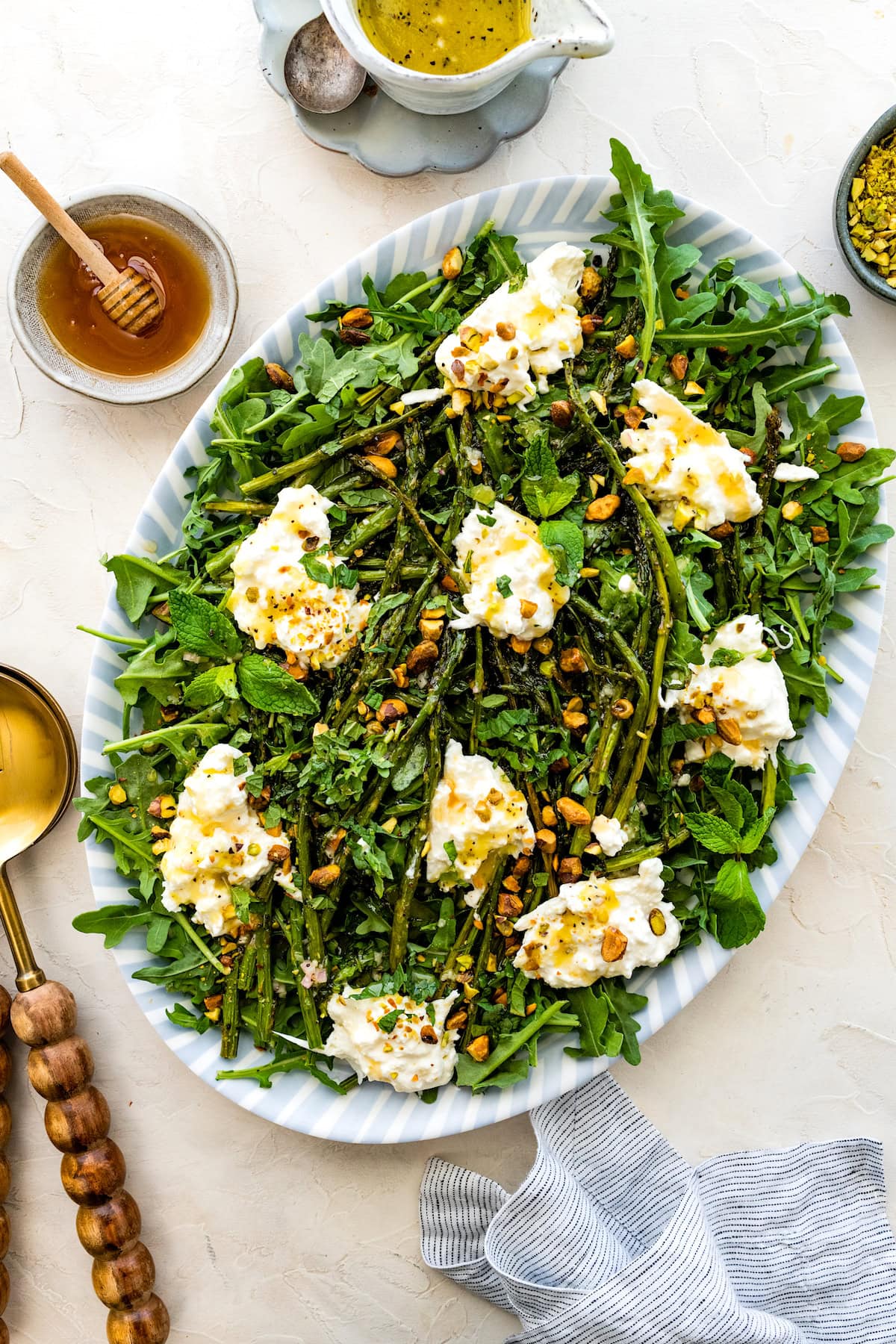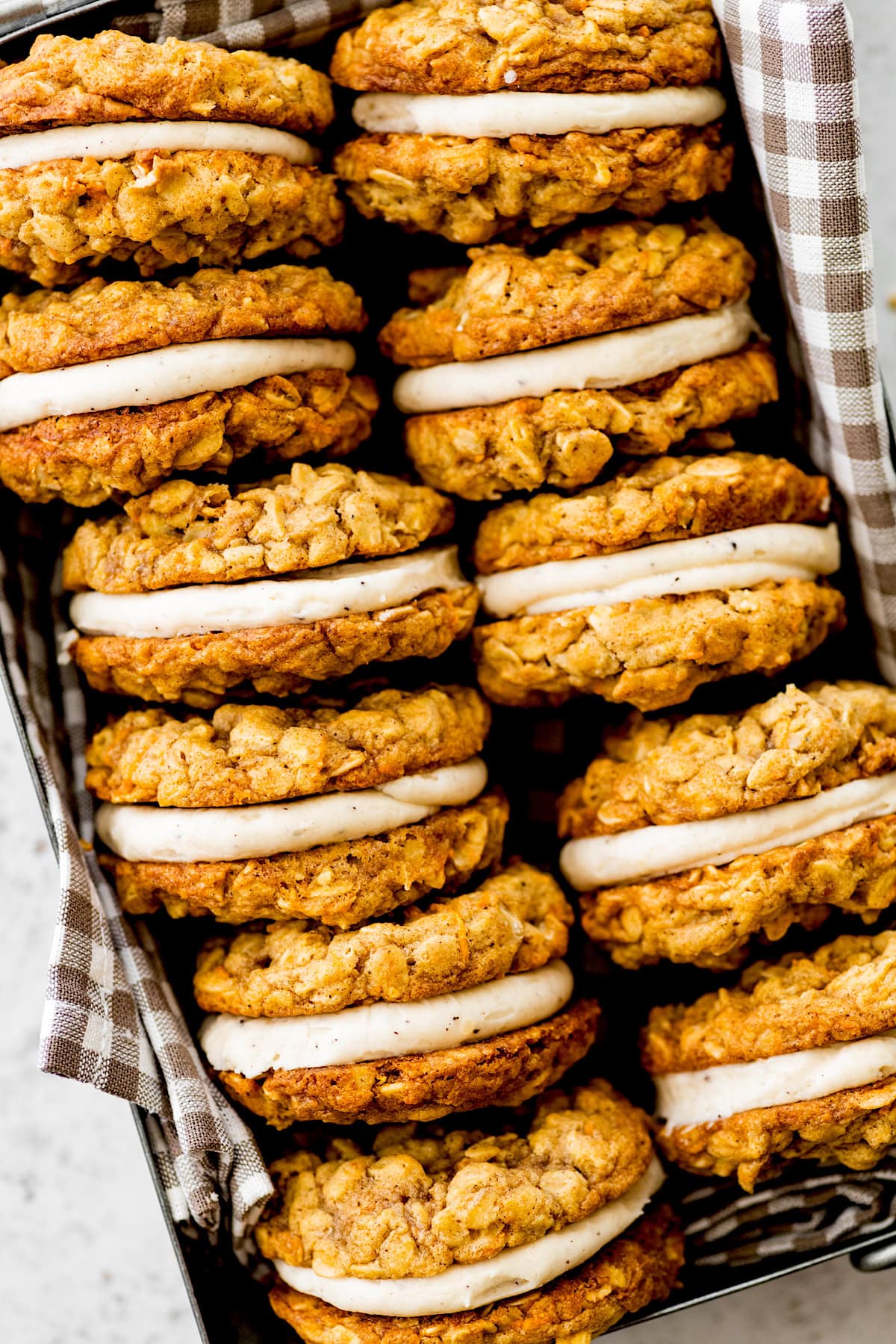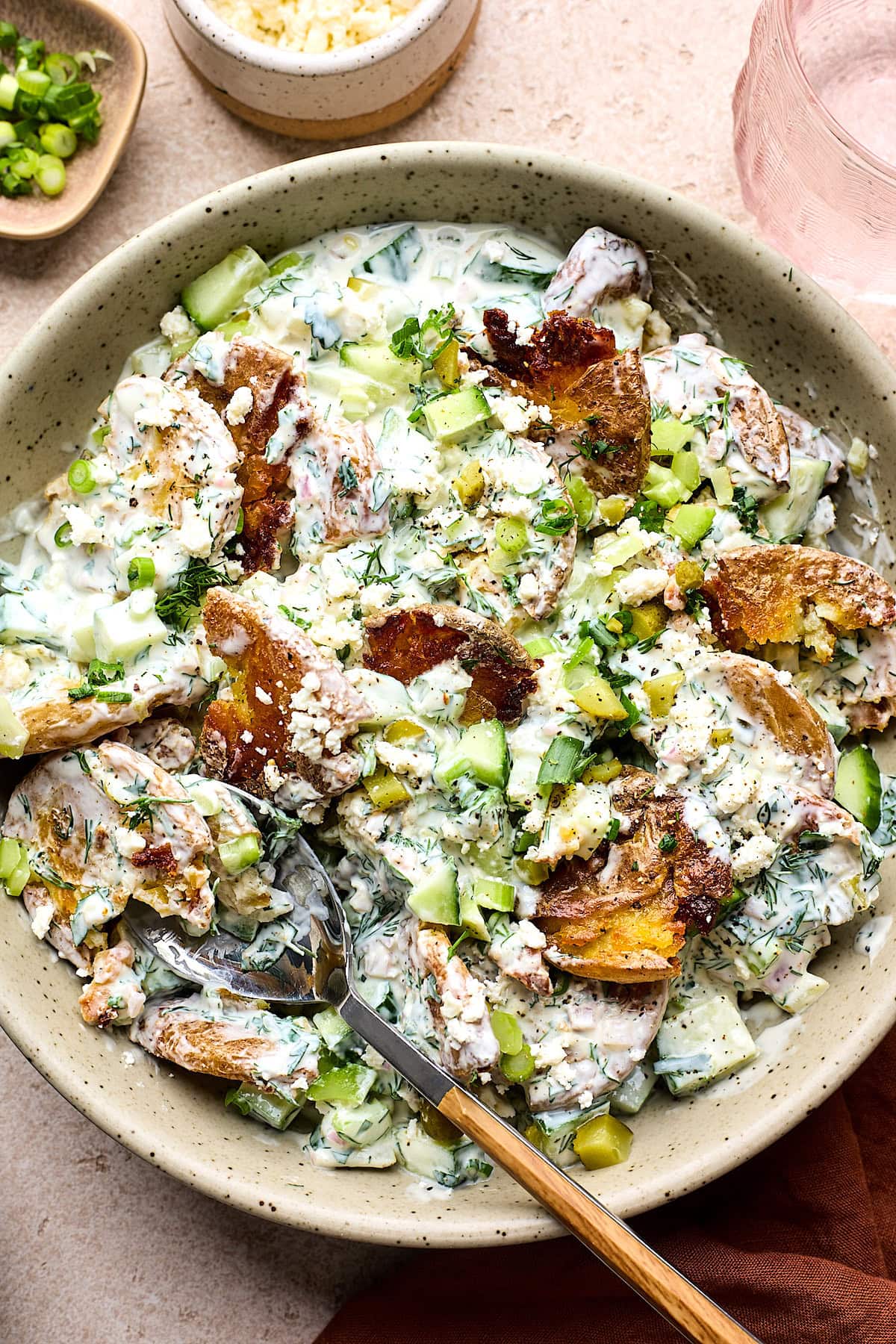These Bakery-Worthy Biscuits Are Ready in Under an Hour
These tender sour cream and chive biscuits have just the right amount of tang, with plenty of allium flavor from fresh chives and garlic powder.


Some people like to clean out their fridge by making a soup, stew, or stir-fry. I prefer to do it with warm, buttery biscuits, which are a versatile vehicle for the odds and ends in your kitchen. Have rogue cheese, fresh herbs, and random nubs of cured meats? Toss them into your dough. It’s an effective and delicious way to curb food waste, and allows you to come up with whatever flavor profile you want for your biscuits: cacio e pepe, maple syrup and bacon, or, my favorite, sour cream and chives.
The recipe below comes from my Birmingham, Alabama-based test kitchen colleague Tricia Manzanero Stuedeman, who baked batches and batches of biscuits to land on a formula for tender, flaky sour cream and chive biscuits that are also quick and easy to make. The sour cream gives the biscuits a pleasant tang, and a touch of garlic powder helps amplify the chives’ allium notes and natural sweetness. Making biscuits from scratch may feel intimidating and sound labor-intensive, but Stuedeman’s recipe comes together in just about an hour (only half of that is active prep time). And, with a few tips and tricks, you’ll be able to make light, fluffy bakery-worthy biscuits.
The Key Techniques for Making Tender, Flaky Biscuits
Add a Little Cornstarch
Gluten is a network of protein molecules that gives doughs and batters their structure. The higher a flour’s protein percentage, the more gluten that flour can develop when hydrated. While gluten is essential in baked goods, developing too much of it can result in tough, chewy pastries. To reduce the gluten potential of a flour, bakers often incorporate cornstarch to “soften” a flour’s proteins. This is what Harold McGee, the author of On Food and Cooking, describes as diluting the gluten proteins. Adding a small quantity of cornstarch reduces the overall gluten in the dough, resulting in tender biscuits.
Triple the Dairy
Butter, sour cream, and whole milk all play a very important role: They provide fat. Butter and sour cream, in particular, help coat the flour particles (and a pair of gluten proteins called glutenin and gliadin) in fat to minimize gluten development, resulting in softer, lighter biscuits. Here, we cut half-inch cubes of butter into the dry ingredients until they’re pea-sized, then toss to evenly coat the flour mixture with fat.
Like buttermilk, an acidic ingredient frequently used to make biscuits, sour cream provides a nice tang and reacts with alkaline baking soda to help the biscuits rise. But because sour cream is so thick, it’s crucial to add extra liquid to hydrate the dough and help it come together, which is where whole milk comes in. Together, they produce soft, flavorful biscuits with good rise.
Laminate the Dough
Laminating refers to the technique of folding pastry over and over itself to create numerous layers. It’s a common technique many French pastry chefs use to create puff pastry or viennoiserie, like croissants. Below, we roll the dough into a rectangle, fold it into thirds like a business letter, then repeat once more for biscuits with plenty of layers.
Keep the Biscuit Dough Cold
Chilling the dough allows the gluten to relax, but it also ensures that the specks of butter in the biscuit dough remain intact. As the biscuits bake, the small pieces of butter melt, creating pockets of steam that give the biscuits their flaky layers and lift.
Adjust oven rack to middle position, and preheat oven to 425°F (220ºC). Line a 13- by 18-inch rimmed baking sheet with parchment paper; set aside.
In a large bowl, whisk together flour, cornstarch, sugar, salt, baking powder, baking soda, and garlic powder. Using a pastry blender or two forks, cut in butter until mixture is crumbly and butter is pea-sized. Stir in chives until combined.
In a small bowl, whisk sour cream and milk to combine. Stir sour cream mixture into flour mixture just until combined and dry ingredients are evenly moistened. Using clean hands, gently press and fold flour mixture in bowl until dough just holds together.
Turn out dough onto a clean, lightly floured surface; using your hands or a rolling pin, gently press or roll dough into a rough 9- by 5-inch rectangle. Fold rectangle into thirds like a business letter. (Dough may still be a bit crumbly at this point but will come together. If you are struggling to lift and fold the dough, use a bench scraper to help fold the dough.) Repeat process one more time, very lightly flouring surface or dough if needed; press or roll dough to 3/4-inch thickness.
Using a floured 2 1/2-inch round cutter, cut dough into 8 biscuits, rerolling and cutting scraps once, if needed; very lightly flour surface or top of dough only if needed to prevent sticking. Arrange biscuits on prepared baking sheet, spacing them at least 1 inch apart. Freeze, uncovered, until firm, 10 minutes. (If your freezer is too small for a 13- by 18-inch rimmed baking sheet, you can chill dough on parchment-lined plates, then transfer to prepared baking sheet once biscuits are firm.)
Brush tops of chilled dough with egg. Bake until tops are golden brown and biscuits are cooked through, 15 to 17 minutes. Set baking sheet on a wire rack, and let cool for 5 minutes. Serve warm with softened butter.
Special Equipment
13- by 18-inch rimmed baking sheet, parchment paper, whisk, rolling pin, bench scraper, 2 1/2-inch round cutter, pastry brush, wire rack
Notes
Onion powder can be used in place of garlic powder, if desired.
Make-Ahead and Storage
These biscuits are enjoyed fresh. Once cooled, leftovers can be stored in an airtight container at room temperature for up to 3 days.
To freeze biscuits, place them on a parchment-lined rimmed baking sheet and freeze. When frozen solid, transfer biscuits to a large zip-top bag or airtight container and freeze for up to 1 month.






























































































